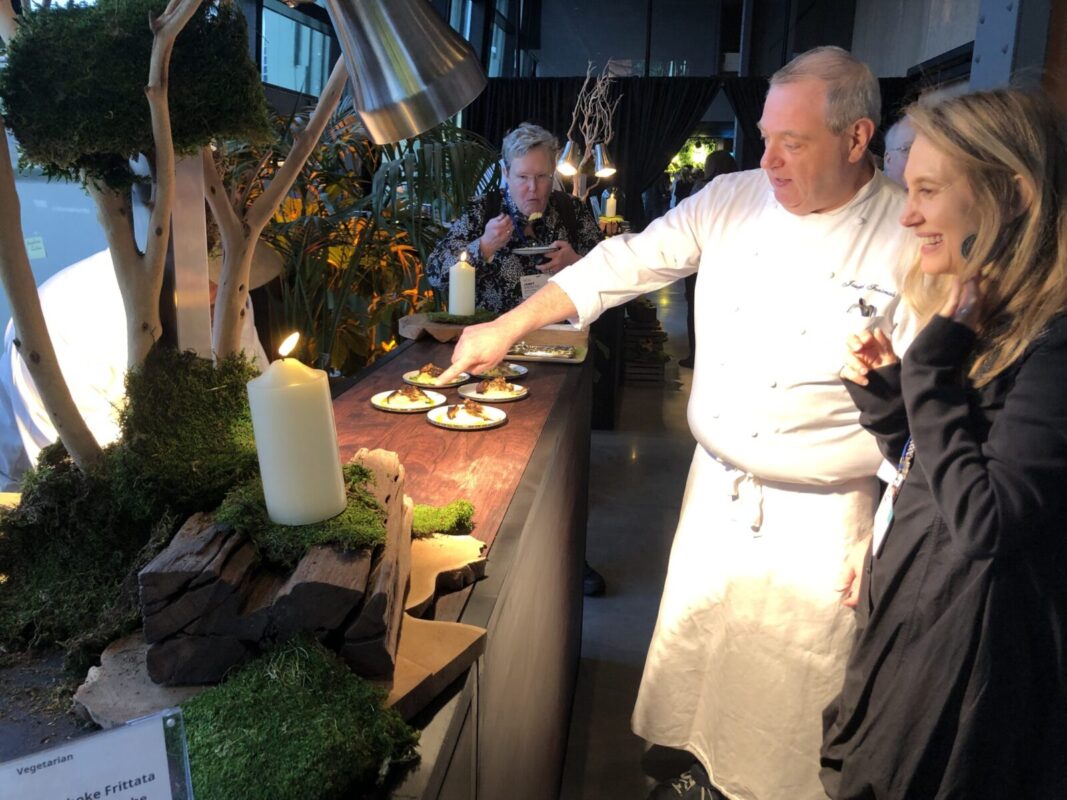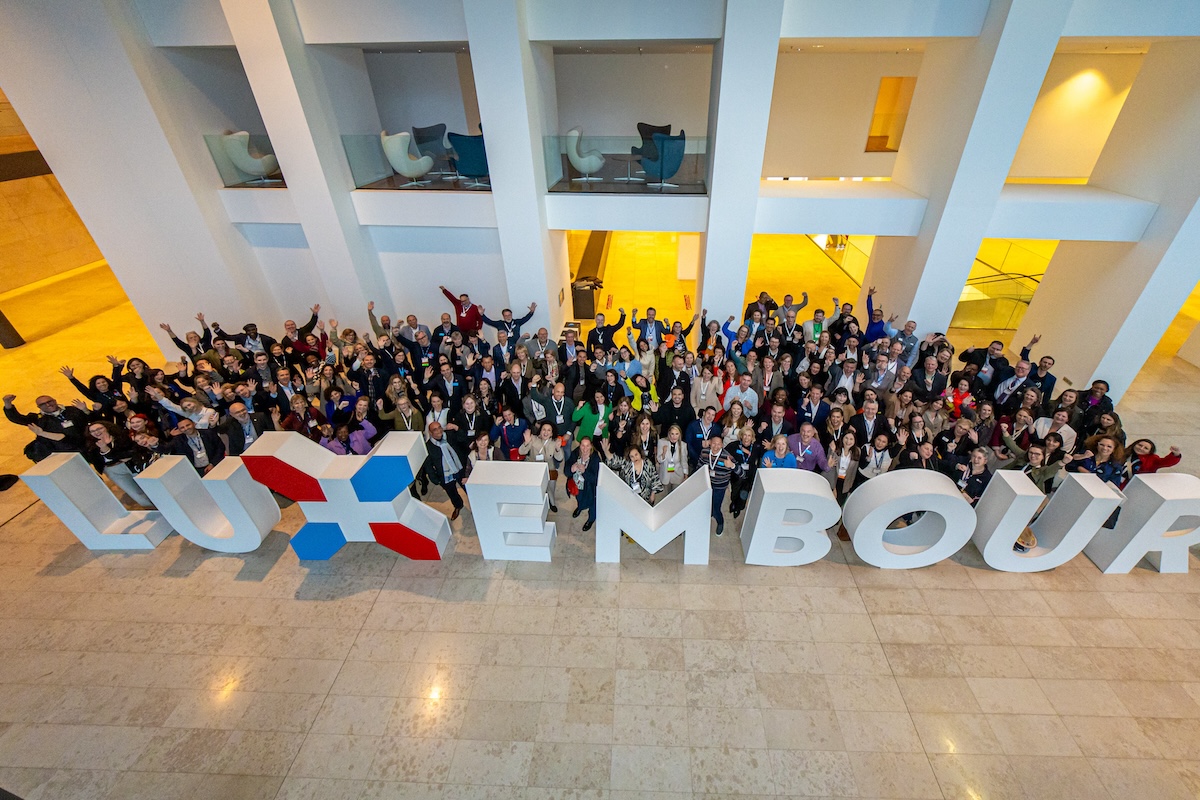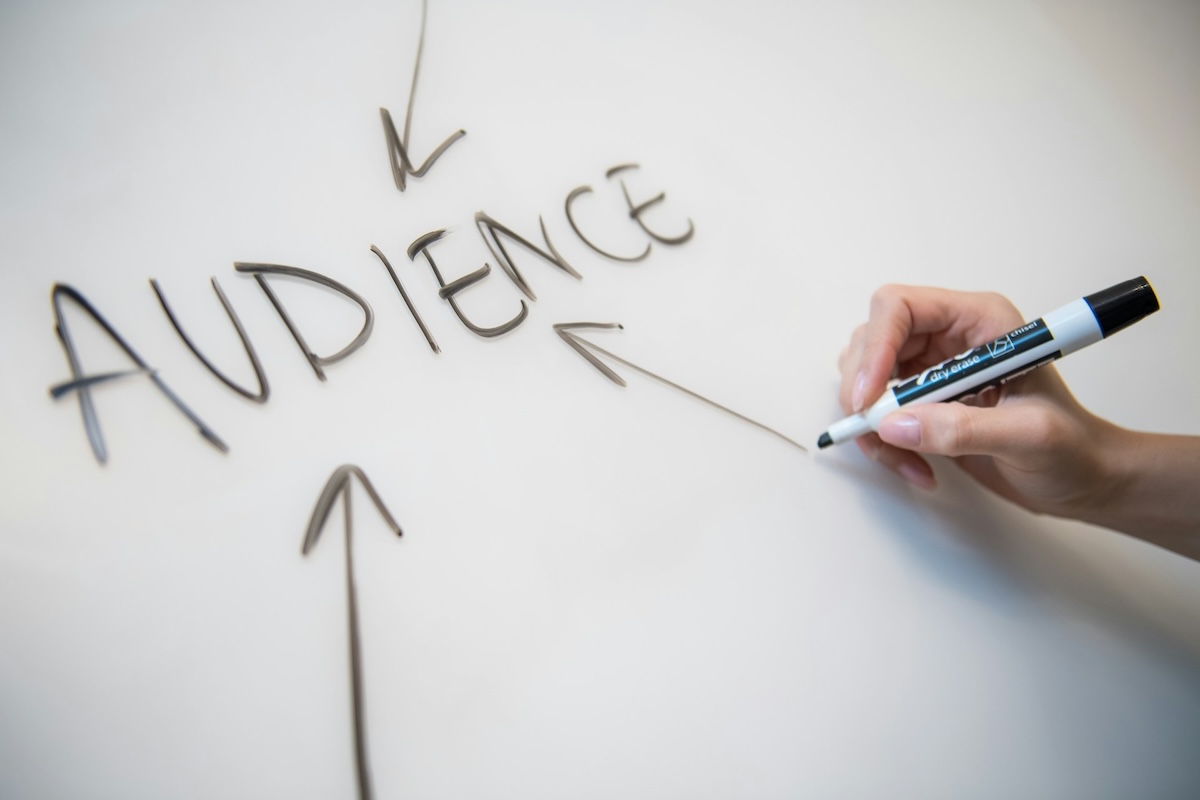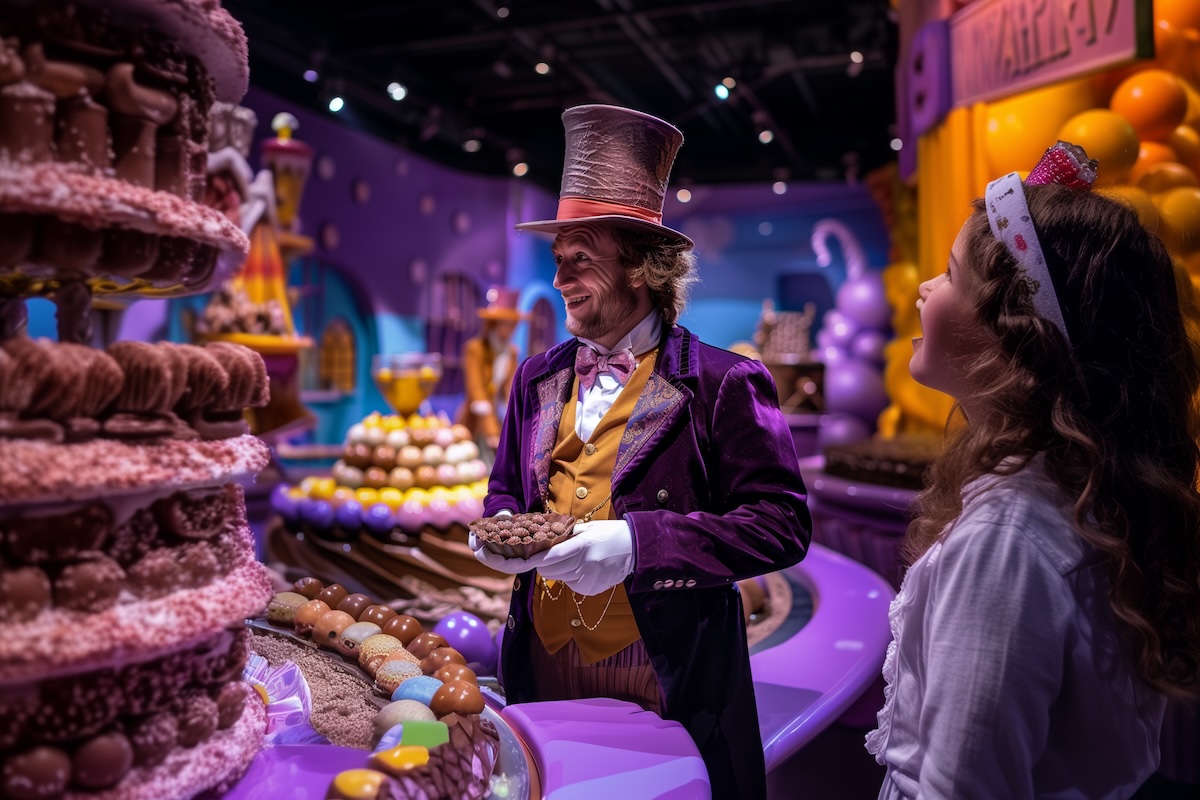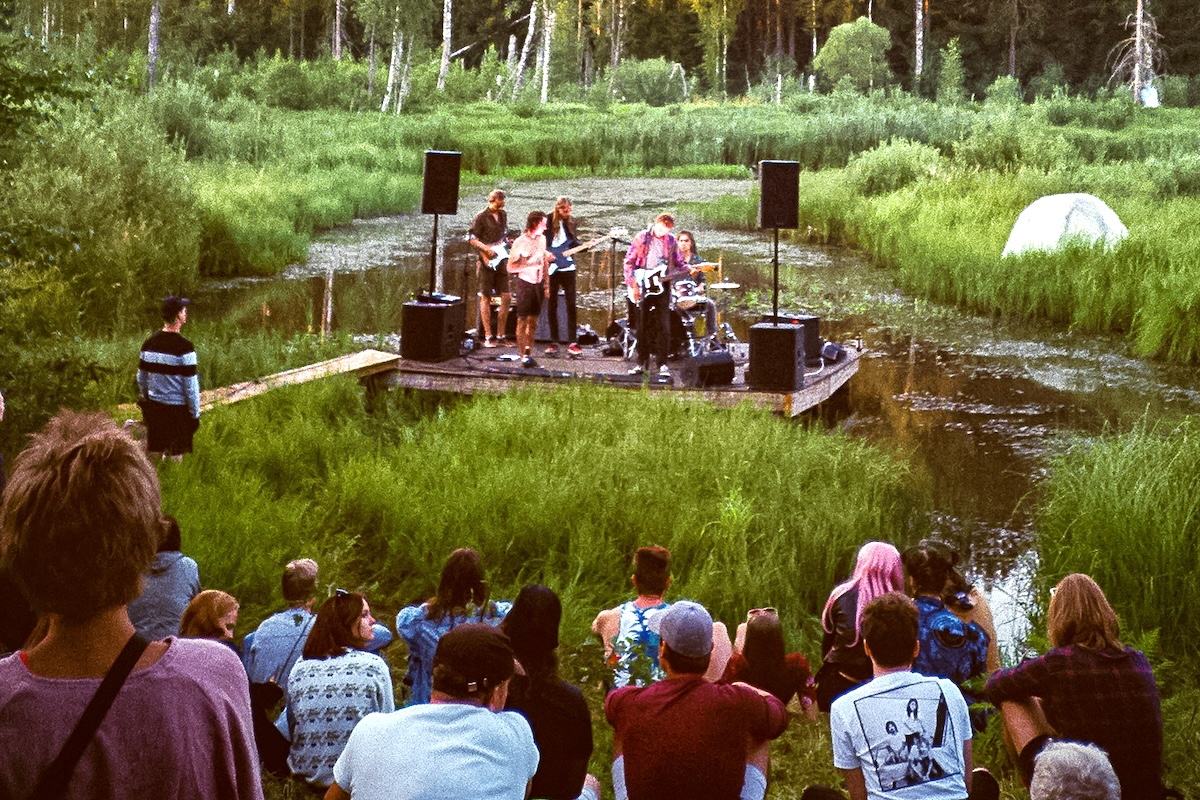Skift Take
Google Xi Days, which gathered an eclectic group of thinkers together to imagine the future of the events industry, engaged all five senses making it more compelling for all.
Are your meetings multicolored engaging sight, sound, taste, smell, and touch? If not, they should, says Lori Weitzner, a textile designer and color expert who understands the role color plays in creating a mood. Weitzner was a featured speaker at Google Xi Days, where a global community of leaders, event and experience designers, artists, authors, philosophers, creators, technologists, and researchers gathered, helping push boundaries and exploring the what-ifs.
Studies show that when a meeting or event appeals to one’s senses, engagement increases. Plus, the information retained improves as well.
“Color is regarded universally as a visual phenomenon. This, however, overlooks its significant impacts on our moods and energy levels, our memories and associations, and its intimate relationship with our other senses — taste, sound, touch, and smell,” said Weitzner who offers 18 thought-provoking questions, a map of sorts, that guides to the color world or worlds that best suit a person. Her Google Xi activation brought these questions and her book Ode to Color to life. With the help of another Google Xi participant, the French fragrance maker MANE, a specific scent was attached to each color, exploring how color and scent make you feel.
“I used the synesthetic philosophy to create this multi-sensory exhibit based on the ten color worlds in my book. Each world was interpreted in scent, taste, smell, and sight, with a view to emphasize the sensory associations and impacts of color,” said Weitzner.
The Nose Knows
Smell is the oldest of our senses. “It is intertwined, biologically, with the emotion and memory centers of our brains as part of the limbic system, giving smell a uniquely powerful hold on us. While visual images are processed through many different parts of the brain and are easily translated into language, scent is far more difficult to describe. Many of us lack the vocabulary to articulate what we smell and can identify scent based solely on its associations,” said Weitzner. “One such association is color, and the color worlds that make up Ode to Color are ripe for translation into fragrance: the spices of Earthly, the scents of Fragrant Woods, the exuberant greens of Garden Party, the anchoring notes of Waterside, the calming vanillas of Whisper.”
Google Xi brought the connection even deeper by adding taste to the equation. Night Shadows, Whisper, and Fragrant Woods — three of Weitzner’s color worlds — came alive with food and drink during the opening night reception.
In Whisper, a world awash in shades of white, a warm onion tart, mini lobster clubs, and chilled parsnip soup with a seared scallop were served. Smoked dark chocolate truffles, pudding, and chocolate licorice travel cake enticed in Night Shadows while creamy polenta with forest mushrooms, bison, and duck was offered in Fragrant Woods. Lighting, soft music, and a hint of personalized scent created the perfect mood in each world.
“I felt like I was part of a science experiment designed to bring all senses alive in a really cool, experimental way,” said Nicola Kastner, founder of The Event Strategist, and a Google Xi attendee. “Plus, I found the color quiz to be incredibly accurate.”
Light the Way
Although Weitzner prefers creating environments with wall coverings, textiles and color and is a proponent of settings that are on wheels and move around, different colored lighting is a powerful option as well.
Lighting, which plays a tremendous part in a person’s state of mind, is often overlooked – a mistake. “Lighting can be the forgotten stepchild which it shouldn’t be as it is an inexpensive way to immerse events in color,” said Weitzner.
Generally speaking, certain colors and scents evoke certain emotions, but Weitzner stresses it’s personal and each attendee’s needs must be considered. “You want the meeting or event to engage, to surprise, but it must also be inclusive. There are some people who can’t handle scent well so in that case, you don’t want to flood the room with a particular aroma,” she explains. “It is a delicate balancing act but there are ways to do it.”
For many, red is the color that enhances performance and creates a sense of confidence. Blue calms and grounds. Warm colors — yellowish white through red — boost our mood and let us get along better with others and golds and yellows will boost creativity. Again, it is important to be mindful that color is personal and not everyone responds to it in the same way.
When it comes to lighting, for most, green light relaxes and stabilizes emotions; yellow promotes mental activity; orange soothes emotional discomfort and promotes calmness and balance; blue reduces over-excitement and relaxes the body; violet allows for the development of intuition and the ability to see beyond the surface of things; and red awakens the senses and promotes a sense of stability.
Hearing is a powerful sense and there is no better way to appeal to it than with music. With one song, the entire mood of a meeting can change.
In Weitzner’s Ode to Color activation, short curated instrumental pieces were paired with each color group. Soothing notes accompanied the world of whites while it was more upbeat for the reds.
The Importance of Touch
Touch was lacking during the pandemic as social distancing became a reality. Now that face-to-face meetings are back, hugging colleagues and business associates remains one of the most appreciated parts of gathering.
Chair massages are a popular part of trade shows and corporate meetings as they are an effective way to increase touch in a business setting. So do puppy areas that not only up the cuteness factor but petting them mimics some of the benefits of human touch and all its benefits.
Today’s attendees expect an experience that will lead to them returning home inspired and connected, vital in a world where information is readily disseminated in hybrid biodomes. Considering all five senses will help.
